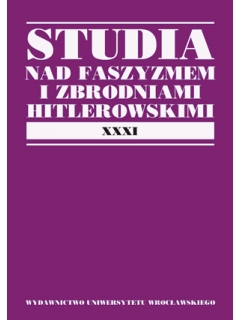

Articles

THE SOVIET FAMILY LAW AS A SUBJECT OF RECEPTION IN POLAND AND IN OTHER STATES OF CENTRAL-EASTERN EUROPE
The law of the USSR became a subject of accelerated reception in Central-Eastern European states since mid-1948 as a part of a process of Stalinization of these countries. This occurrence was also reflected in the sphere of family law. The ideological grounds of Soviet family law referred of course to the views of Karl Marx, but mostly to the book by Friedrich Engels titled “The origin of family, private property and the state”. Communist theoreticians, including W.I. Lenin, held different opinions on the subject of family and family law. However, they were in general agreement that the institution of family should gradually vanish and be replaced by free relationships. Such views infl uenced the first codifications of Soviet family law. Nevertheless, since mid-thirties USSR started departing from such regulations; the Stalinist legislation was based on the assumption that the position of familial institutions ought to be rebuilt. For example such attitude is clearly visible in the decrees from 1944 which opened a new chapter in the history of Soviet family law. The form of family law resulting from these decrees was a basis for reception by the “popular democracies”. One of the features of the USSR family law was its separation as a different branch from the civil law. The distinction was not sound on the theoretical level but it was countenanced by Andriej Wyszyński in 1939. The reception of Soviet solutions occurred at the beginning of the fifties when the separate family law codes were introduced in the majority of Eastern European states. They imitated the principles of Soviet law, including secularity of marriage, equality between sexes, equal treatment of extramarital children, the community of property in marriage. These codes contained some local elements but the scope of their distinction from the Soviet model is a matter for further study.